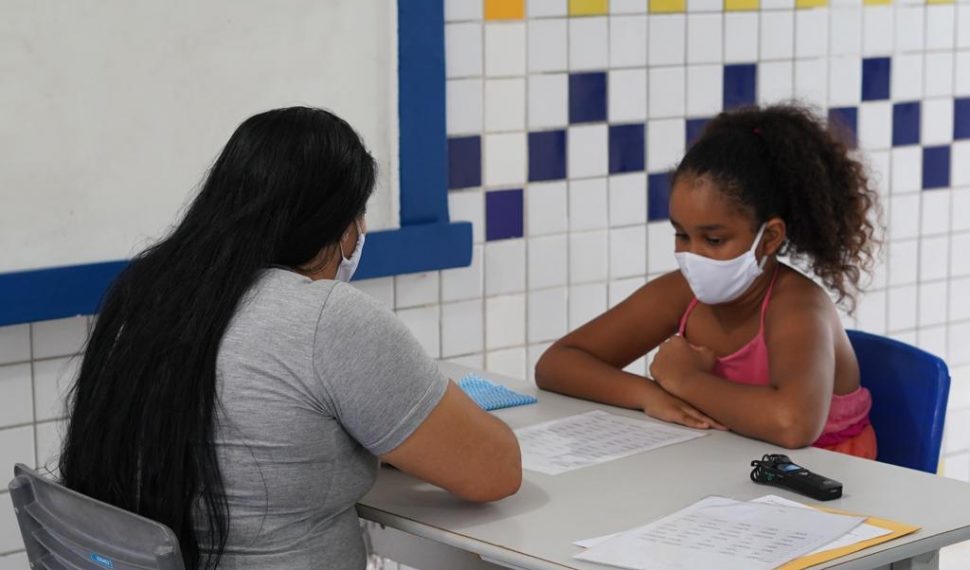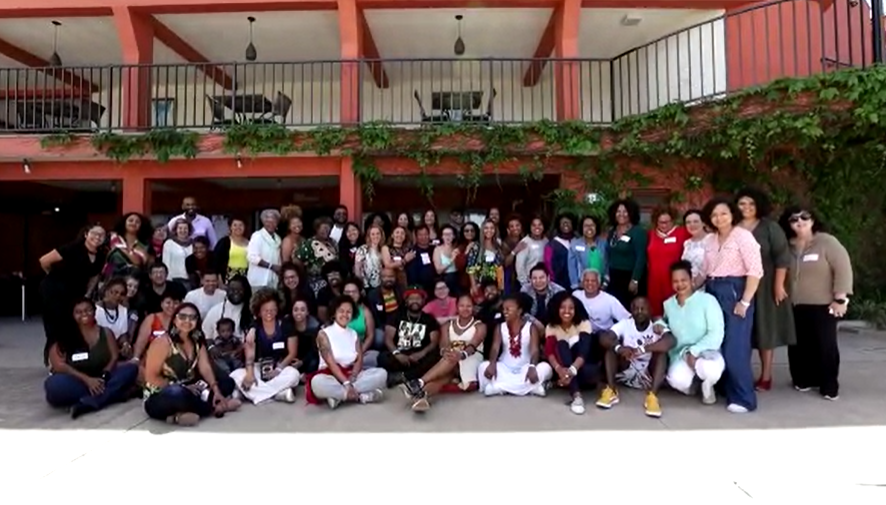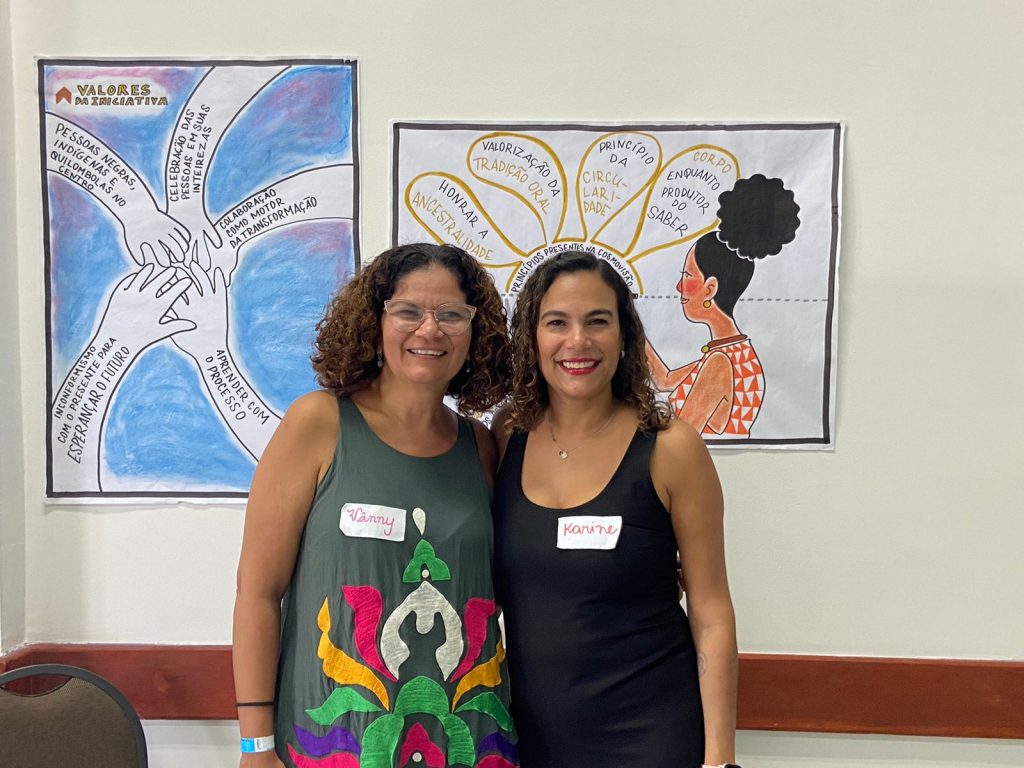por Rosette Lopes, advogada, membro da Diretoria da Comissão de Defesa dos Direitos da Pessoa com Deficiência da OAB/CE e membro consultivo CEDEF/CE.
No dia 02 de abril é comemorado o Dia Mundial da Conscientização do Autismo e, este ano, temos como tema “Mais informação, menos preconceito”. Isto nos faz refletir sobre muitos pontos e um deles é a educação. Será que, de fato, incluímos ou apenas integramos nossos alunos autistas?
Em 23 de março de 2023, foi divulgado relatório do Centro de Controle de Prevenção e Doenças (CDC), do governo dos Estados Unidos, o qual é considerado referência mundial sobre prevalência do TEA. De acordo com o documento, estima-se que 1 a cada 36 crianças de até oito anos estão no espectro autista. No Brasil, não temos números oficiais, mas, fazendo a proporção, estima-se que teríamos cerca de 5,95 milhões de autistas.
Diante de tais números fica ainda mais evidenciada a necessidade de se discutir sobre a educação inclusiva.
Sabemos que o processo de aprendizagem é diferente para cada indivíduo, devendo ser respeitadas as peculiaridades e necessidades de cada um. Dessa forma se faz necessário o desenvolvimento e adequação de métodos que tornem a educação acessível.
Segundo FONSECA (2014, p. 18-19), a educação inclusiva é anunciada como a forma mais recomendável de atendimento educacional para os alunos que apresentam Transtorno do Espectro Autista. A inclusão é identificada hoje como o caminho eficiente para a construção da cidadania e da participação social em consonância com a perspectiva da educação para todos e com todos (CNE/CEB Nº 17/2001, MEC).
A Lei Brasileira de Inclusão (LBI), Estatuto da Pessoa com Deficiência, discorre sobre o tema nos artigos 27 e 28. Vejamos os principais pontos:
Art. 27. A educação constitui direito da pessoa com deficiência, assegurados sistema educacional inclusivo em todos os níveis e aprendizado ao longo de toda a vida, de forma a alcançar o máximo desenvolvimento possível de seus talentos e habilidades físicas, sensoriais, intelectuais e sociais, segundo suas características, interesses e necessidades de aprendizagem.
Art. 28. Incumbe ao poder público assegurar, criar, desenvolver, implementar, incentivar, acompanhar e avaliar:
I – sistema educacional inclusivo em todos os níveis e modalidades, bem como o aprendizado ao longo de toda a vida;
II – aprimoramento dos sistemas educacionais, visando a garantir condições de acesso, permanência, participação e aprendizagem, por meio da oferta de serviços e de recursos de acessibilidade que eliminem as barreiras e promovam a inclusão plena;
III – projeto pedagógico que institucionalize o atendimento educacional especializado, assim como os demais serviços e adaptações razoáveis, para atender às características dos estudantes com deficiência e garantir o seu pleno acesso ao currículo em condições de igualdade, promovendo a conquista e o exercício de sua autonomia;
(…)
V – adoção de medidas individualizadas e coletivas em ambientes que maximizem o desenvolvimento acadêmico e social dos estudantes com deficiência, favorecendo o acesso, a permanência, a participação e a aprendizagem em instituições de ensino;
VI – pesquisas voltadas para o desenvolvimento de novos métodos e técnicas pedagógicas, de materiais didáticos, de equipamentos e de recursos de tecnologia assistiva;
VII – planejamento de estudo de caso, de elaboração de plano de atendimento educacional especializado, de organização de recursos e serviços de acessibilidade e de disponibilização e usabilidade pedagógica de recursos de tecnologia assistiva;
VIII – participação dos estudantes com deficiência e de suas famílias nas diversas instâncias de atuação da comunidade escolar;
IX – adoção de medidas de apoio que favoreçam o desenvolvimento dos aspectos linguísticos, culturais, vocacionais e profissionais, levando-se em conta o talento, a criatividade, as habilidades e os interesses do estudante com deficiência;
X – adoção de práticas pedagógicas inclusivas pelos programas de formação inicial e continuada de professores e oferta de formação continuada para o atendimento educacional especializado;
(…)
XV – acesso da pessoa com deficiência, em igualdade de condições, a jogos e a atividades recreativas, esportivas e de lazer, no sistema escolar;
XVI – acessibilidade para todos os estudantes, trabalhadores da educação e demais integrantes da comunidade escolar às edificações, aos ambientes e às atividades concernentes a todas as modalidades, etapas e níveis de ensino;
XVII – oferta de profissionais de apoio escolar;
XVIII – articulação intersetorial na implementação de políticas públicas.
§ 1º Às instituições privadas, de qualquer nível e modalidade de ensino, aplica-se obrigatoriamente o disposto nos incisos I, II, III, V, VII, VIII, IX, X, XI, XII, XIII, XIV, XV, XVI, XVII e XVIII do caput deste artigo, sendo vedada a cobrança de valores adicionais de qualquer natureza em suas mensalidades, anuidades e matrículas no cumprimento dessas determinações.
Desde o advento da Lei nº 12.764/2012 (Lei Berenice Piana), a pessoa autista é considerada pessoa com deficiência para todos os fins legais. Sendo portanto amparada por toda legislação que resguarda a pessoa com deficiência.
Importante ressaltar que, o autista apresenta disfunção sensorial, e que alguns ambientes podem gerar incômodo. Sendo a escola um local onde ele passará uma boa parte do seu dia, talvez algumas adaptações sejam necessárias. Mas não são as pessoas com deficiência que se adaptam, e sim a escola que deve se adaptar de acordo com a necessidade do aluno autista.
Outro ponto muito importante é sobre o profissional de apoio, que também está previsto na legislação acima apresentada. A presença desse profissional na sala de aula de acordo com Tatiana Takeda: “Trata-se de profissional necessário em toda sala de aula que contenha uma criança com deficiência, seja na rede pública ou privada. No entanto, há de se deixar claro que não é qualquer criança ou adolescente autista que precisa de um professor de apoio. Há casos em que é dispensável ou mesmo divisível entre alunos de inclusão. Como já aventado no parágrafo único do artigo 3º da Lei do Autista, há de se comprovar a necessidade. Todos os casos são únicos e devem ser analisados sob a ótica da coerência e bom senso. Se a criança não consegue ir ao banheiro ou comer sozinha, evidentemente que precisa de alguém com ela o tempo todo, pois não possui a funcionalidade necessária para auferir “independência” que o preserve de acidentes. Essa criança não pode inclusive dividir um professor de apoio, pois um profissional não pode atender mais de uma ao mesmo tempo. Se dois necessitam, por exemplo, de uma explicação sobre determinado exercício de português que a professora regente passou em sala de aula, dificilmente o professor terá condições de fazê-lo no mesmo espaço de tempo, pois cada um tem um nível de compreensão, bem como de dificuldade de aprendizagem.”
É inaceitável a exclusão de uma criança que apresente dificuldade de aprendizado, estando ela ou não acompanhada por profissional de apoio. A inclusão escolar é benéfica para todos, crianças autistas e crianças consideradas neurotípicas.
O maior inimigo da inclusão, é a desinformação! Vamos lutar contra o capacitismo!












